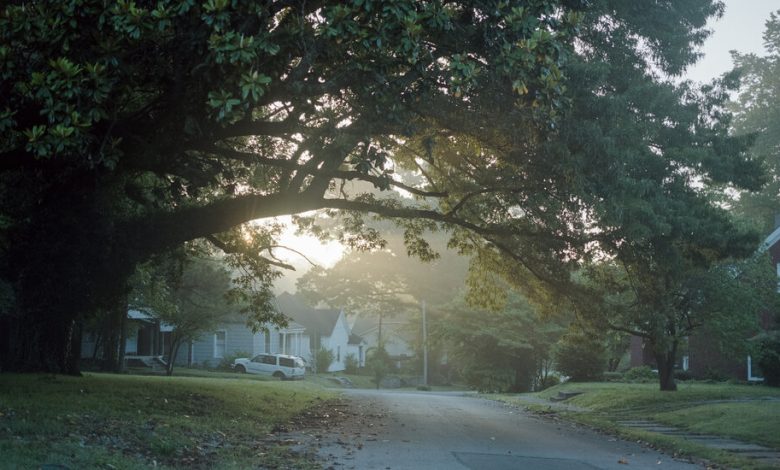Why Aren’t We Saving the Urban Forests?

The volunteer black walnut sapling in our front yard arrived courtesy of a local squirrel. Deep into its third spring, it looks like the kind of tree a child would draw: a narrow trunk topped by a ball of leaves. I had to mark it with a little flag to make sure my husband didn’t mow over it by accident.
As with all the other trees that have appeared in our yard through no effort of our own, I am besotted with this squirrel-planted young walnut. The baby Eastern red cedars and the baby black cherries and the baby red mulberries were all planted by birds. The baby sugar maples were planted by the wind. Some day they will be all food for the creatures who share this yard. (The baby willow oak and the three baby shingle oaks that appeared two years ago have already fed the rabbits.)
This black walnut won’t reach full maturity for another 150 years or so, and that’s if no one cuts it down — a bet I would not take. Most suburban Americans prefer a lawn unpocked by nuts and unvisited by birds, a square of nature that belongs to nothing natural.
When it comes to trees, human beings tend to like them big and tall and inconceivably ancient — preferably growing at some pretty distance. Trees are meant to grow in community with other trees, but for many people the ideal tree stands alone in an otherwise desolate landscape, tucked next to a dip in an old stone wall or visible across the vastness of fallow fields.
Last summer, in the days after a catastrophic wildfire in Maui, Hawaii, Lahaina’s historic banyan tree was rightly a focus of concern far beyond the island. When vandals cut down the legendary Sycamore Gap tree in Britain’s Northumberland National Park last fall, that too caused an international uproar. These were movie-star trees. For us they had ceased to be a part of the nameless, inscrutable forest and become instead themselves. A living organism. A friend.
But human beings cut down old trees all the time, for no reason but the inconvenience of their falling leaves or their burgeoning fruit, or because they are in the way of a road or a subdivision, or because of foolish notions of safety. The fear of a falling limb has cost many a suburban tree its life. In the 21st century we have become so separate from the natural world that we don’t feel safe in the presence of perfectly healthy trees.